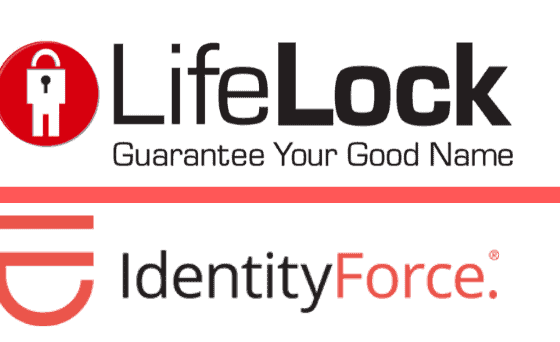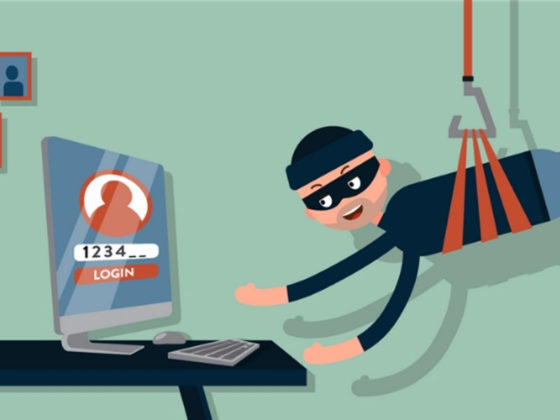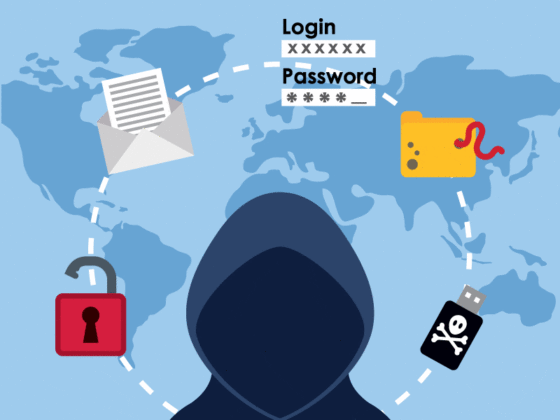National Identity Fraud Prevention Week also known as (NIDFPW) has just celebrated its seventh year anniversary. It aims to prevent identity theft and fraud through raising awareness of this serious crime to both individuals and businesses. Every year the NIDFPW has used people from the public and the private sector to inform the public through the media about the latest threats and scams.
What is Identity Fraud?
Identity fraud is a serious crime and not only affects individuals, but also businesses. Despite being a highly publicised issue many people and business don’t take the appropriate steps to safeguard themselves against identity theft. According to CIFAS, the UK’s Fraud Prevention Service, 7% of the UK population, just over four million people, have been victims of identity fraud – with the average cost to each victim at £1,190 equating to over £47 Million in total.
The number of reported cases in the UK continues to rise year-on-year with over 80,000 reported in the first nine months of 2011. Despite the risk, CIFAS suggests that 25% of people are still not taking simple and key precautions such as shredding bills and bank statements that can help prevent identity fraud.
How to check whether you are at Risk from Identity Fraud
To discover whether you are at risk from Identity Fraud you can use an online risk assessment tool. This tool will allow you to enter your current circumstances though a number of straightforward questions and give you guidance as to whether you could be at risk from identity fraud and what measures you can take to safeguard yourself.
You could also perform your own check by referencing your position against the checklist below. Score yourself 1,2 or 3 for the following questions; 1 being no, 2 being sometimes and 3 being often.
-
Do you ever leave your debit/credit cards unattended or out of sight?
-
Do you throw away unwanted documents, letters or other things with your address on without shredding them first?
-
Have you opted out of having your details available on the edited electoral roll?
-
Do you carry out transactions on public or shared computers?
-
When moving place of permanent residency have you informed the post office so your mail gets redirected?
-
Have you ever purchased something online that’s address did not begin with https and the browser did not display the "closed padlock" symbol?
-
Do you discard receipts without keeping them for reference against bank statements?
-
Do you use the internet without active virus software?
-
Do you write down your PIN or passwords?
-
Have you ever replied to emails or phone calls claiming to be your bank asking for personal details?
Now add all of your scores together to discover how at risk you are from identity fraud.
25-30 – High risk – If your score is between 20 and 30 then you are at more risk of identity fraud so make sure you follow the correct guidelines and help protect yourself from identity fraud .
20-25 – Medium risk – You may be taking some of the correct precautions but you still need to look at the guidelines and make sure that you are doing all you can to prevent identity fraud. Getting fraud protection insurance is recommended to ensure you are kept protected.
10-20 – Low risk – Following the correct precautions should keep you safe from most types of identity fraud but the only way to make sure you are fully safeguarded is to take out insurance.
10 – No risk – If you got a total score of 10 then you are taking all of the correct precautions and you should not be at risk from identity theft. Although you are currently low risk there is still a possibility that you could have your details stolen i.e. via institutional theft or data loss, so make sure you keep up-to-date with National Identity Fraud Protection Week each year.





